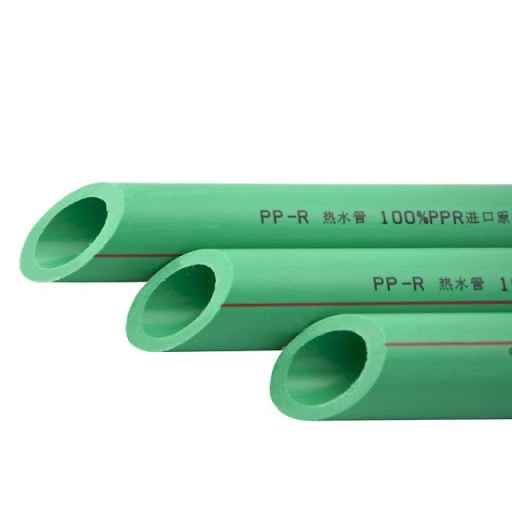Introduction
PPH and PPR Pipes NBR 15884 are commonly used in various applications due to their excellent chemical resistance, durability, and ease of installation. Two of the main types of polypropylene pipes are PPH (Polypropylene Homopolymer) and PPR (Polypropylene Random Copolymer). While they share some similarities, they have distinct properties and are suited for different applications. Understanding these differences can help in selecting the right type of pipe for specific needs.
PPH Pipes
1. What is PPH?
- Material: PPH stands for Polypropylene Homopolymer, which is a type of polypropylene where the polymer chain consists of nearly all propylene monomers. This results in a high-density, rigid polymer.
- Structure: PPH is characterized by its strong crystalline structure, which provides high rigidity and strength.
2. Properties of PPH Pipes
- High Chemical Resistance: PPH pipes exhibit excellent resistance to a wide range of chemicals, making them suitable for handling aggressive substances.
- High Temperature Resistance: They can withstand higher temperatures compared to some other polypropylene types but are generally not as resistant to high temperatures as PPR pipes.
- Rigidity: PPH pipes are more rigid and less flexible compared to PPR pipes, which can make them less suitable for applications requiring flexibility or bending.
3. Advantages
- Durability: PPH pipes are highly durable and resistant to impact, stress, and pressure.
- Chemical Compatibility: They are ideal for transporting aggressive chemicals and corrosive substances.
4. Limitations
- Lower Flexibility: PPH pipes are less flexible and may require additional fittings or supports in installations where flexibility is needed.
- Temperature Limitations: They are less suitable for applications involving very high temperatures compared to PPR pipes.

PPR Pipes
1. What is PPR?
- Material: PPR stands for Polypropylene Random Copolymer. Which results in a more flexible material compared to homopolymer polypropylene.
- Structure: PPR has a random copolymer structure, which imparts improved toughness and impact resistance.
2. Properties of PPR Pipes
- High Temperature and Pressure Resistance: PPR pipes can handle higher temperatures and pressures than PPH pipes, making them suitable for hot water and high-pressure applications.
- Chemical Resistance: While PPR pipes have good chemical resistance. They are not as resistant to certain aggressive chemicals as PPH pipes.
- Applications: PPR pipes are commonly used in residential and commercial plumbing systems. Hot and cold water distribution, heating systems, and various industrial applications.
3. Advantages
- Flexibility: PPR pipes are more flexible, which allows for easier installation and fewer fittings.
- Thermal Insulation: They provide good thermal insulation, which helps to maintain the temperature of the transported fluids.
- Long Service Life: PPR pipes have a long service life with minimal maintenance.
4. Limitations
- Chemical Resistance: PPR pipes may not be suitable for very aggressive chemicals and high concentrations of acids or bases.
- Cost: They can be more expensive than PPH pipes, although the cost is often justified by their additional features and benefits.
Comparison Summary
| Property | PPH Pipes | PPR Pipes |
|---|---|---|
| Material | Polypropylene Homopolymer | Polypropylene Random Copolymer |
| Rigidity | Rigid and strong | Flexible and tough |
| Temperature Resistance | Good, but not as high as PPR | Excellent, suitable for hot water |
| Chemical Resistance | Superior for aggressive chemicals | Good, but less than PPH |
| Flexibility | Less flexible | More flexible |
| Applications | Industrial, chemical handling | Plumbing, heating, general applications |
Conclusion
Both PPH and PPR pipes offer valuable properties for specific applications. PPH pipes are ideal for environments requiring high chemical resistance and rigidity, while PPR pipes are better suited for applications needing flexibility. High temperature resistance, and ease of installation. Understanding the specific requirements of your project will help in choosing the appropriate type of polypropylene pipe.